Mastering Authentic Sauerbraten at Home
11 min read Learn to create authentic Sauerbraten at home with expert tips on marinating, cooking, and serving this classic German dish. July 18, 2025 03:05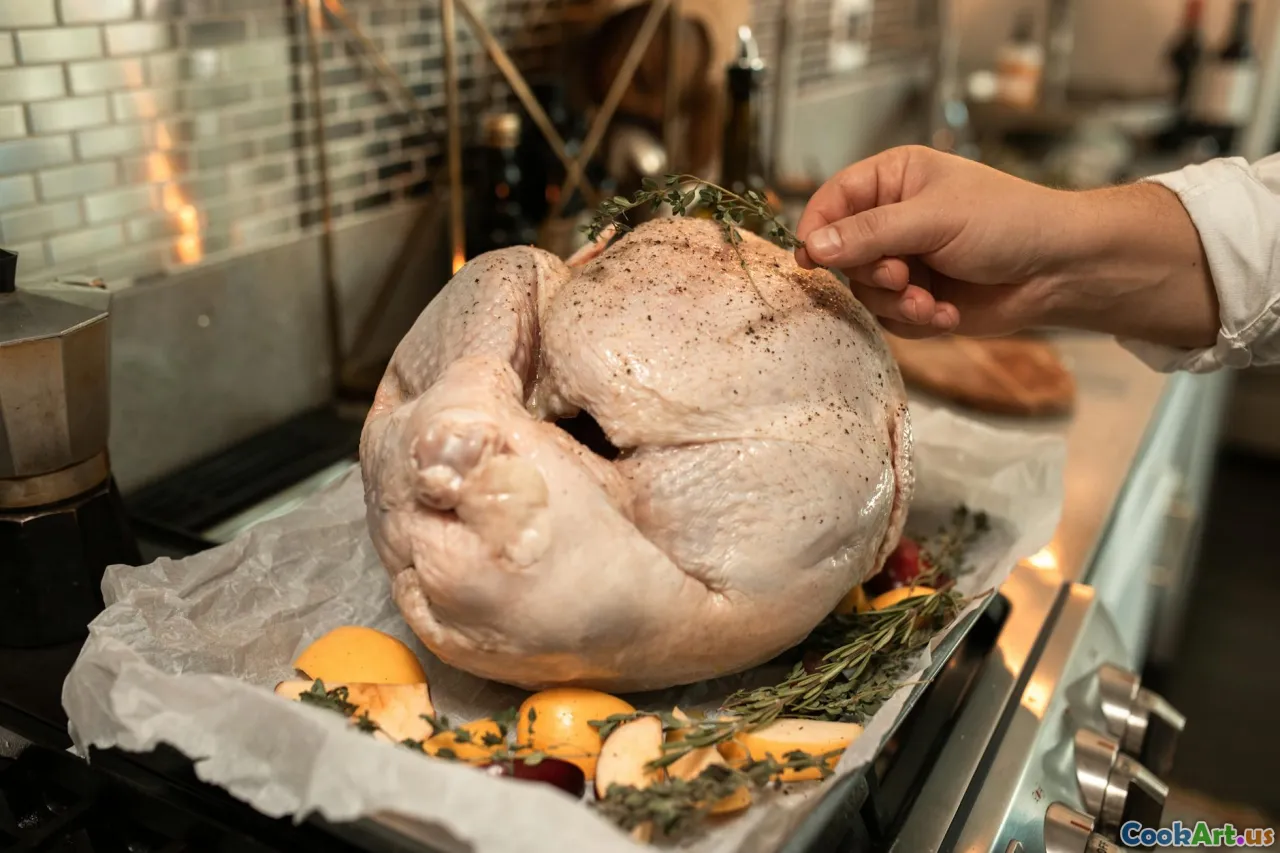
Mastering Authentic Sauerbraten at Home
Few dishes embody the heart and soul of German culinary tradition quite like Sauerbraten. With its deep, tender flavors and rich cultural heritage, mastering this iconic pot roast transports you directly to Germany’s historic kitchens and vibrant taverns. The aroma alone—marinated vinegar, fragrant spices, slow braising beef—invites a sensory journey that feels both timeless and personal. If you’ve ever yearned to recreate a piece of German hospitality in your own home, this guide offers a comprehensive roadmap to mastering authentic Sauerbraten, revealing not only the method but the stories and passions behind each step.
A Culinary Legacy Rooted in Tradition
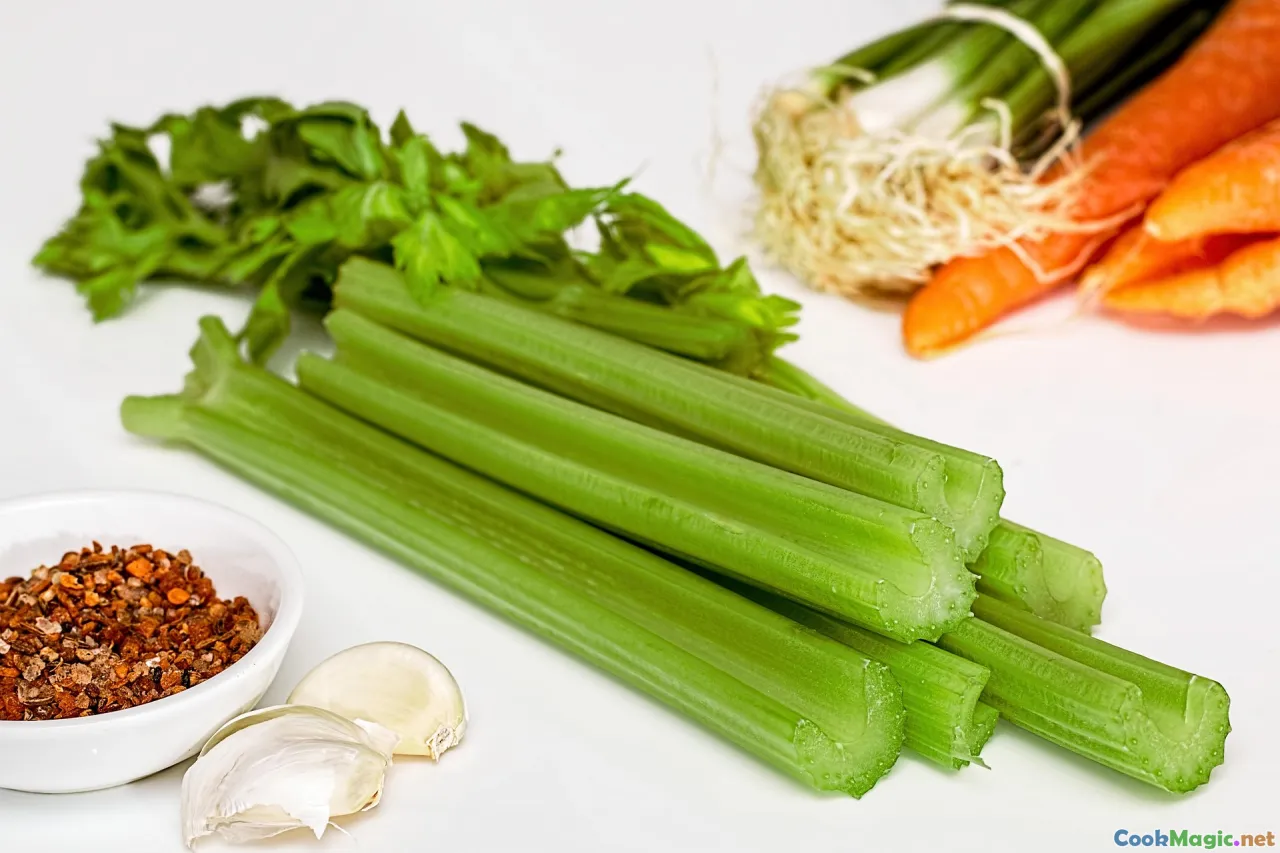
Sauerbraten, often called the national dish of Germany, boasts centuries of culinary evolution. Originating from the medieval practice of preserving meat through fermentation combined with a marinating process, Sauerbraten is more than just a hearty meal—it's a cultural emblem. Every region boasts its variation—from the sweet and sour flavors of Rhineland to the spicy tang characteristic of Franconian versions.
In historic German households, Sauerbraten was a painstaking weekend project, often involving marinating the meat for days—sometimes up to a week—using vinegar, wine, juniper berries, and herbs, creating an aroma that filled homes and ceremonies alike. Today, we honor those centuries-old traditions while adapting them for home kitchens, respecting the balance of flavors and the patience that genuine Sauerbraten demands.
Choosing the Perfect Cut of Beef
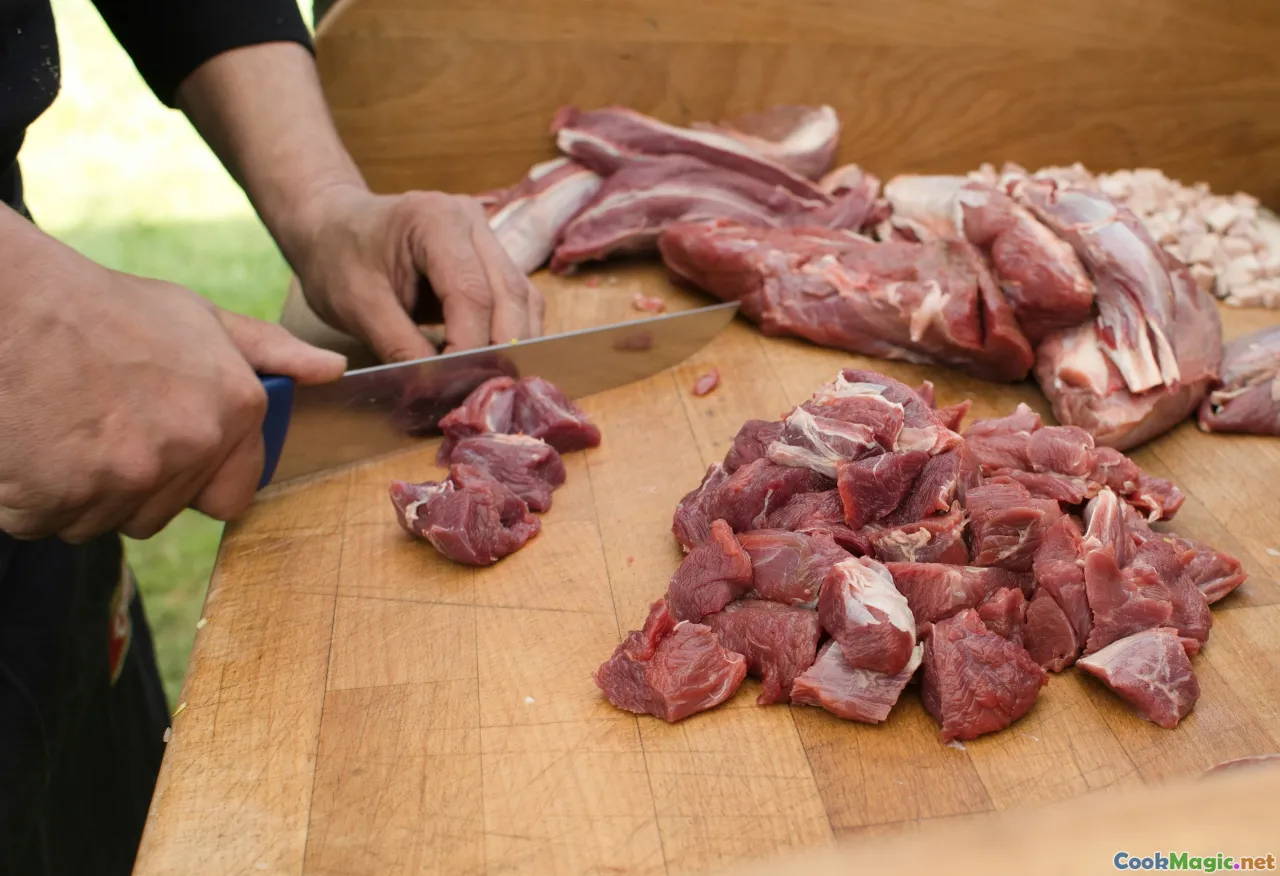
The foundation of an excellent Sauerbraten lies in selecting the right cut of beef. Traditionally, a tough, well-marbled cut like a top round, chuck roast, or rump roast is ideal because slow braising will tenderize even the most sinewy fibers.
I recommend looking for a cut with sufficient marbling—fat enhances flavor and keeps the meat moist during long cooking. Always opt for high-quality, preferably grass-fed beef for a richer, more complex taste. This choice not only influences texture but also the depth of flavor that is the hallmark of authentic Sauerbraten.
Crafting the Marinade: The Heart of Sauerbraten
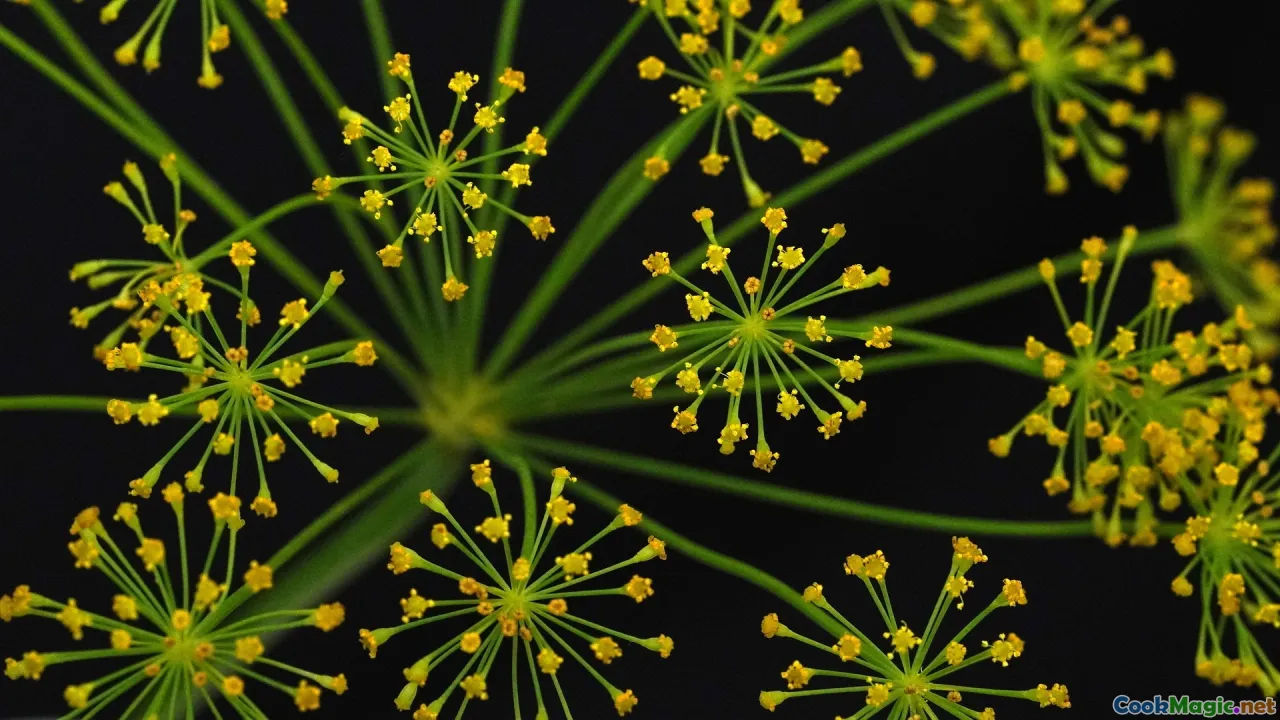
A true Sauerbraten marinade is a complex symphony of flavors—sharp vinegar, robust red wine, aromatic herbs, and a hint of sweetness. The key ingredients are usually vinegar (preferably red wine or apple cider vinegar), red wine, onions, juniper berries, bay leaves, whole peppercorns,cloves, and sometimes dried prunes or gingersnap cookies for historical touchpoints.
A typical marinade recipe might involve 2 cups red wine, 1 cup vinegar, 2 sliced onions, 5 juniper berries, 3 cloves, and a crushed bay leaf. Combine these ingredients, bring to a gentle simmer, then cool completely before immersing the beef. Marinate for 3-5 days, turning or flipping the meat daily to ensure even flavor absorption.
Personal insight: In my experience, the longer the marination, the more pronounced the tang and tenderization. I often make an initial batch and extend the marinating period on my day off—trusting that patience yields the most flavor depth.
The Art of Slow Braising

Once marinated, the magic of Sauerbraten truly begins with slow, gentle braising. Traditional methods involve using a heavy, lidded Dutch oven or a flame-proof dish placed in a low-temperature oven (around 275°F or 135°C). Alternatively, a slow cooker set on low produces tender, melt-in-the-mouth results.
Remove the beef from the marinade (saving the marinade for the sauce), pat dry, and brown it lightly in a bit of oil or bacon fat to develop complex flavors through Maillard reactions. Remove the meat, then sauté sliced onions, carrots, and celery in the same pot, deglazing with a splash of the marinade or red wine.
Return the beef to the pot, add the strained marinade (the aromatic liquid), cover, and cook for 2.5 to 3 hours, or until the meat is painfully tender. The slow, patient cooking transforms tough beef into a custardy, flavorful masterpiece.
Developing the Classic Sauerbraten Sauce
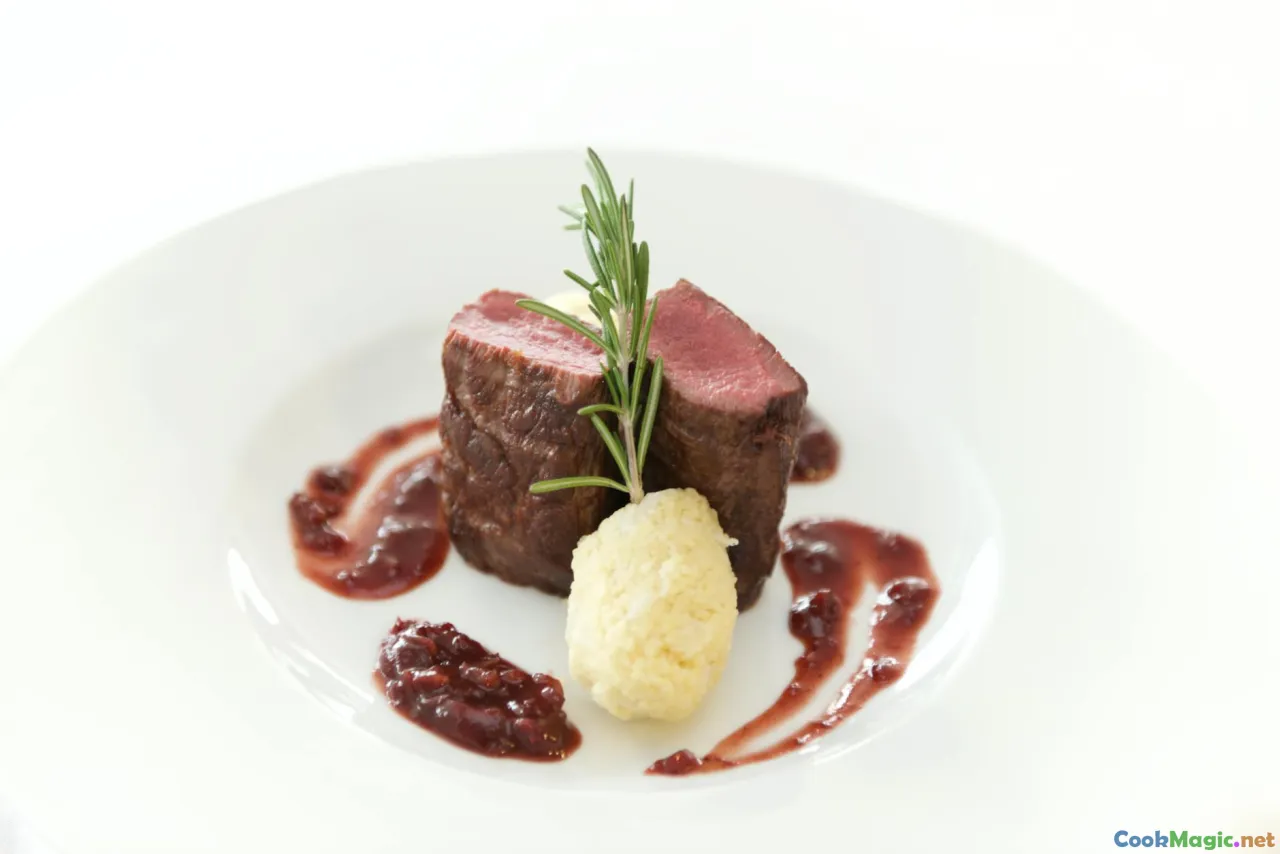
The final step, often overlooked, is crafting a rich Sauerbraten gravy. After removing the beef, strain the cooking liquid and reduce it over medium heat until it thickens into a glossy, richly flavored sauce.
Traditionally, some cooks thicken the gravy with gingersnap cookies—adding a handful and simmering until the cookies dissolve, imparting a subtle sweetness and thickening the sauce naturally. Others prefer a classic roux or blended cooked onions for a smooth texture.
Taste the sauce—adjust with salt, pepper, and a dash of vinegar if needed to enhance its tangy, savory profile. Finish with a pat of cold butter for gloss and richness.
Presentation and Pairing Ideas
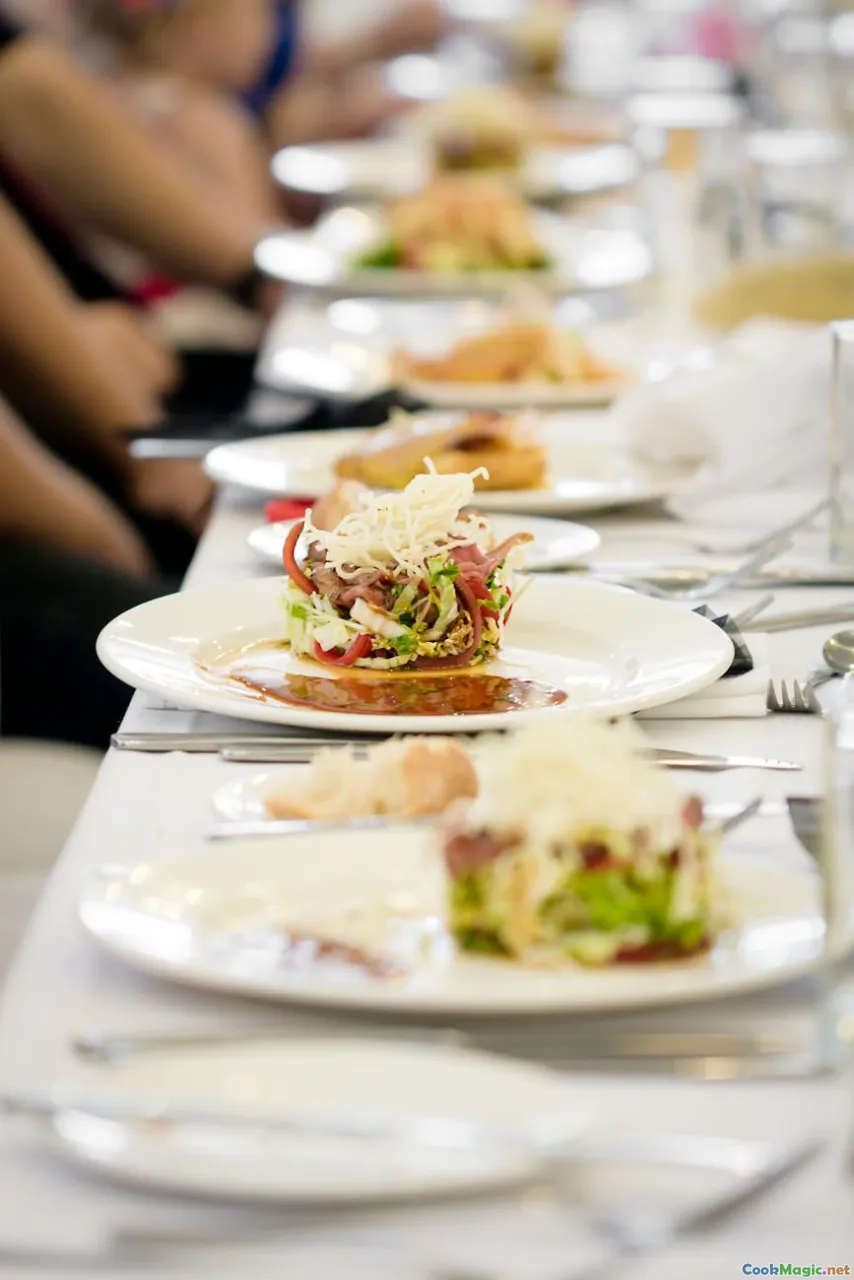
Serve your Sauerbraten sliced thick, showcasing its deep crimson hue. It pairs beautifully with traditional sides: silky potato dumplings (Kartoffelklöße), red cabbage, and sauerkraut or mustard-spiked sauerkraut salad. Fresh, crusty German rye bread or a simple buttered boiled potato rounds out the meal.
For an authentic experience, serve it with a cold glass of German Riesling or Spätburgunder—its acidity cuts through the richness and refreshes the palate.
Tips for Success and Variations

- Marinating Duration: don’t rush the marinade. Longer marination with rest periods infuses the beef with complex flavor — sometimes extending to a full week.
- Meat Texture: for extra tenderness, consider pounding the beef slightly or using a sous-vide method after marination before braising.
- Sweet Variants: some regions add dried fruits like prunes or apricots to balance acidity with subtle sweetness.
- Gluten-Free Options: use homemade gingersnap substitutes or gluten-free thickenings.
- Experiment with Spices: a touch of cinnamon or Allspice can add depth, especially if you favor a slightly sweeter variation.
Heartfelt Memories and Personal Touches

Many of us have in our family archives a recipe passed down by a grandmother or a story of a holiday feast featuring Sauerbraten. These dishes aren’t just about flavor—they are about gathering, shared memories, and a sense of place. My own family’s recipe includes a dash of apple cider vinegar and a small piece of candied ginger, reminiscent of European markets.
Recreating Sauerbraten at home becomes a ritual—a way to connect with centuries of German hospitality, to introduce loved ones to flavors that warm the soul. It’s a project of patience and love, and the reward is a meal that tells a story across generations.
With each slice, you not only serve a delicious dish but also keep alive a centuries-old culinary tradition. So, roll up your sleeves, embrace the marinating process, and indulge in the fragrant, tender excellence of authentic Sauerbraten—home at last in your German-inspired kitchen.









